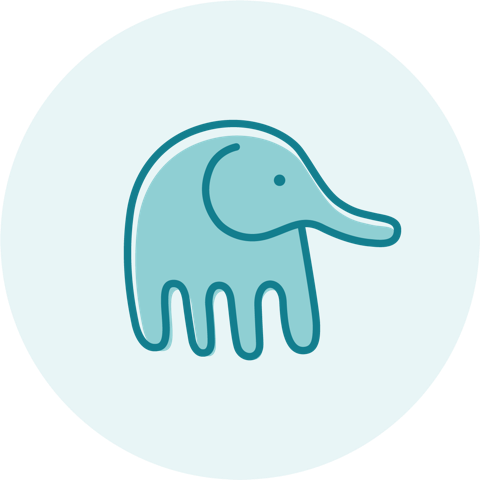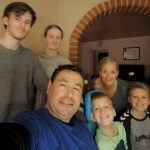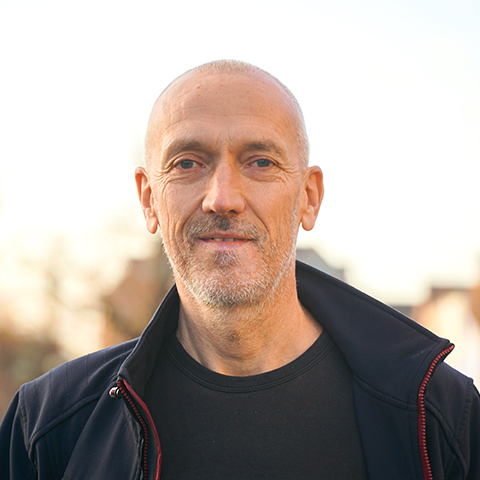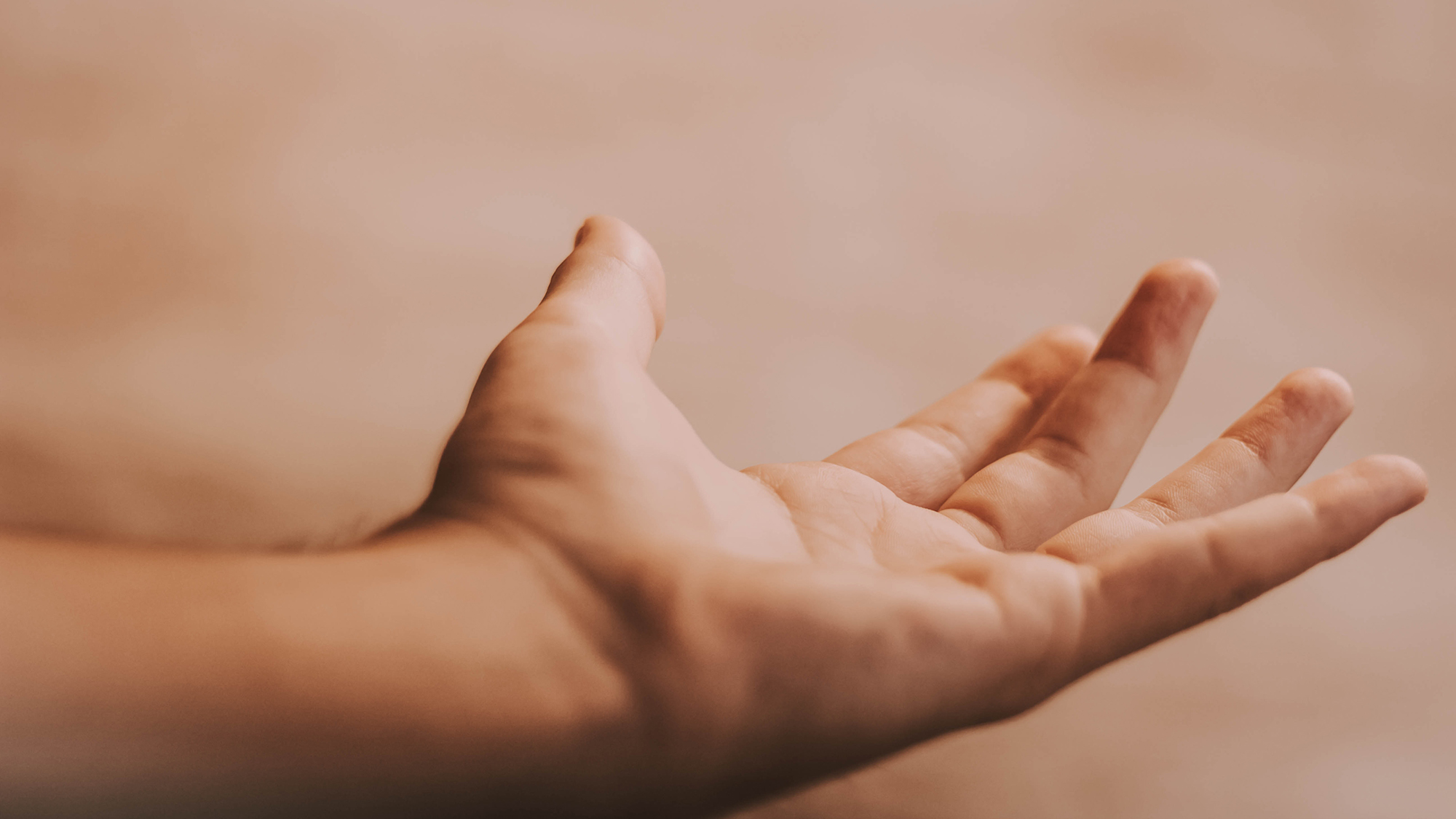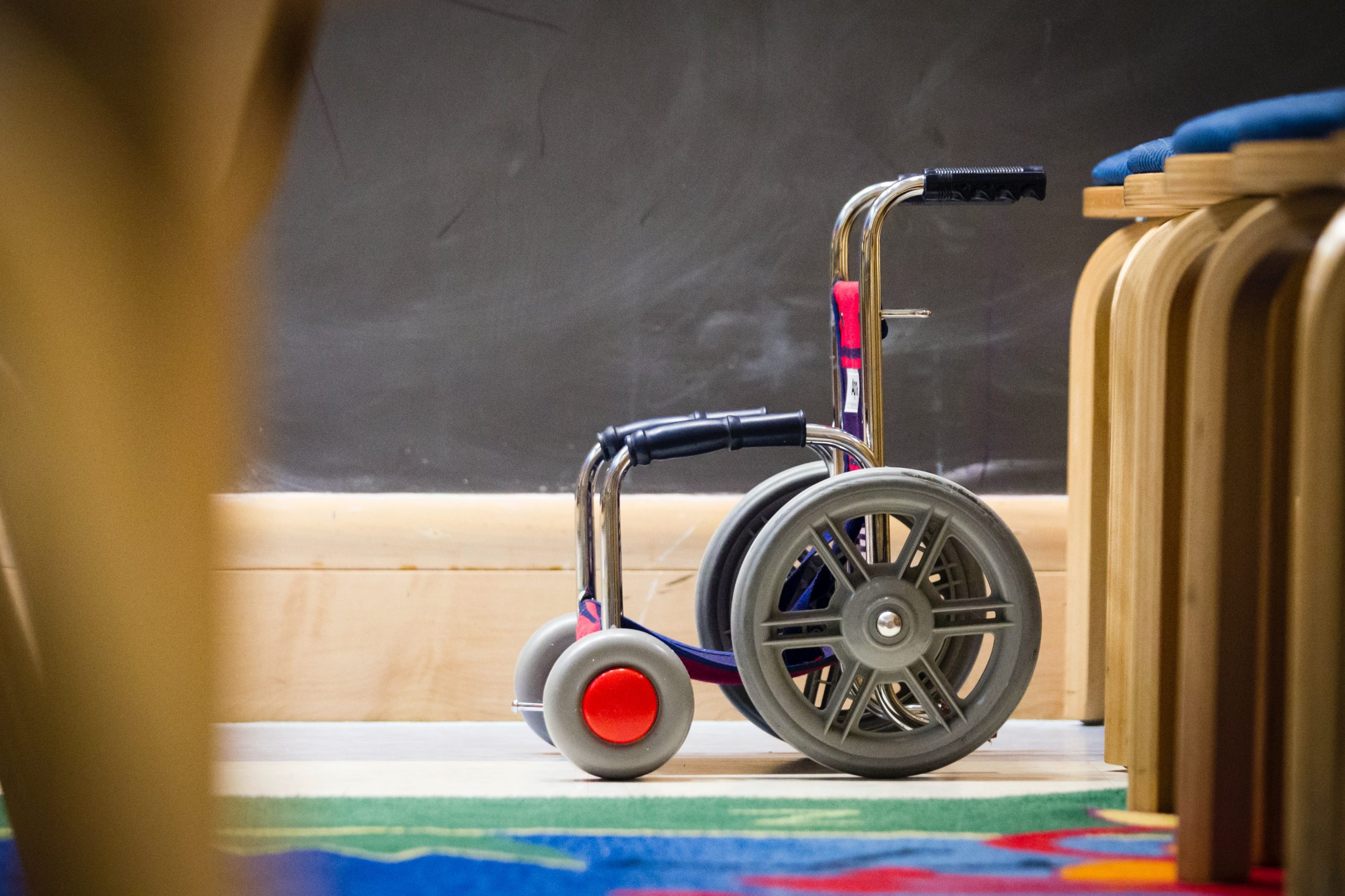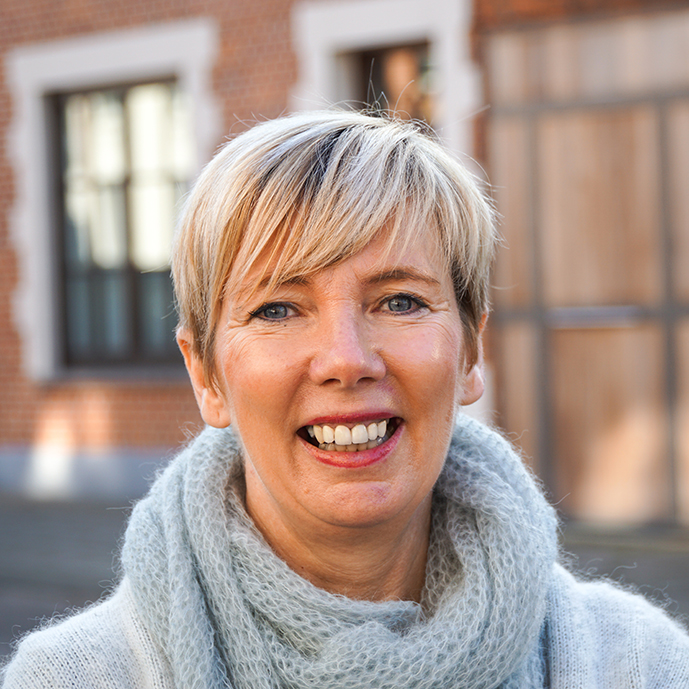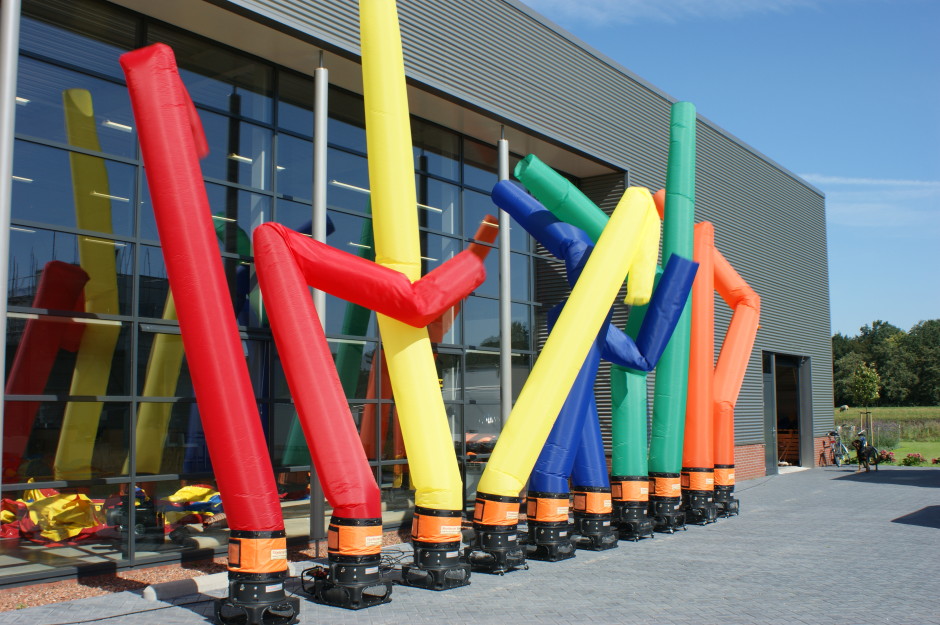
The ABR way of thinking
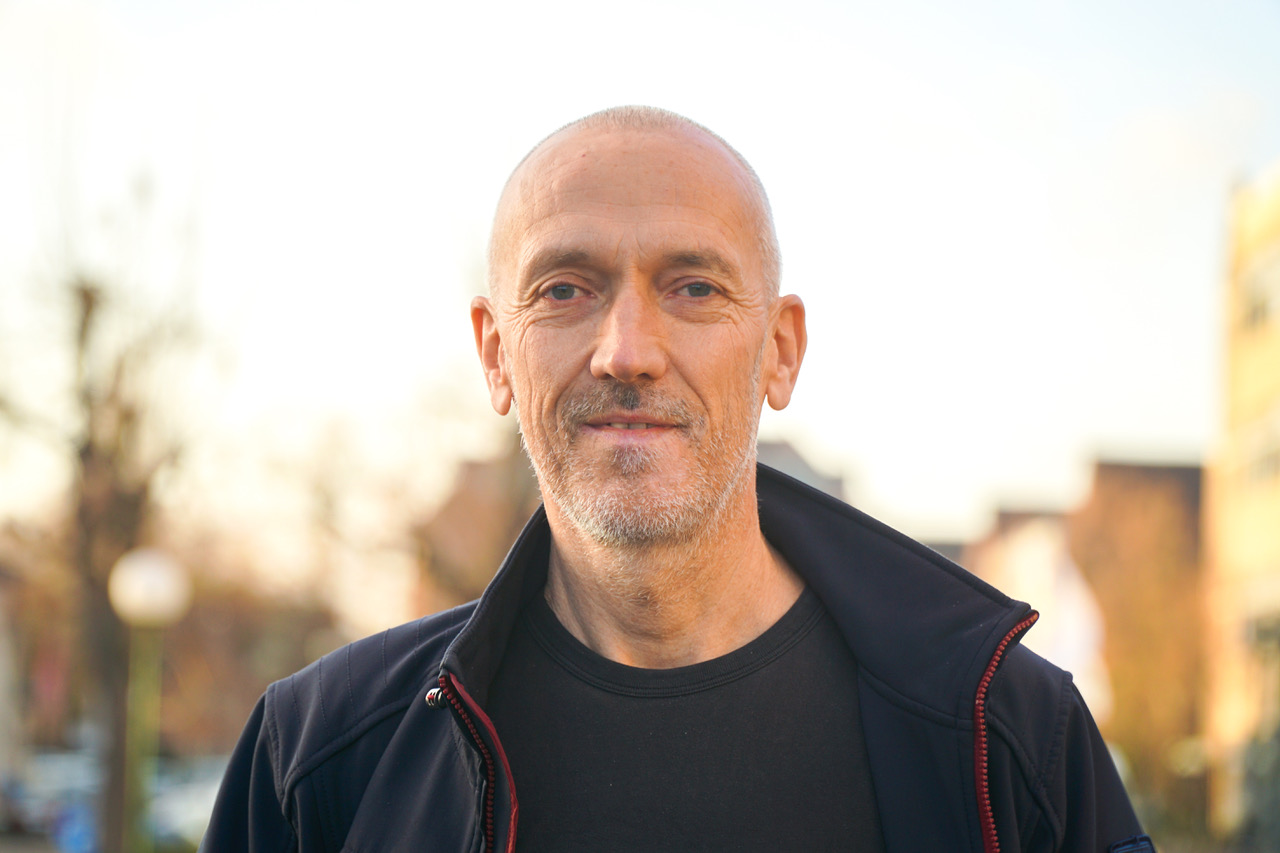
Author: Roeland Vollaard, physiotherapist in Alkmaar, The Netherlands
Advertising dolls
I will describe ABR’s way of thinking by using inflatable advertising dolls.
A proper combination of power on the inside (via the fan) and a not-too-rigid plastic sleeve on the outside makes both movement and posture possible. If the dolls are more slanted, the air needs to be pumped harder from the inside. And the “fan” that does this, is mainly a better respiration of the child. To achieve better breathing you will have to strengthen all connective tissues in and around different parts. This includes alveoli, abdominal organs, muscle tissue, blood vessels, nerves, subcutaneous and deep in the body. Only then the dolls stay upright, without stiffening.
ABR Therapy
ABR mainly focuses on the connective tissue that holds and connects all parts of our body. The connective tissue thus forms the necessary foundation of the body. ABR assumes that spasticity and postural abnormality in the group of children with CP can largely be explained by the fact that the connecting and supportive role of this connective tissue is greatly reduced. The child compensate for the lack of firmness of the foundation by (spastic) muscle tension. Because muscles are not intended for this, spasm occurs and often also deformity.
Current scientific data supports this insight from ABR on the role and importance of connective tissue. In the classical rehabilitation and physiotherapy, the approach also shifts gently to the influence of connective tissue.
Reaction
By applying specific gentle pressure on the child’s body, ABR evokes a reaction inside the body.
ABR focuses on (re)building a good foundation, which gives the child better conditions for posture and movement. Because it concerns biomechanical reactions, the (affected) brain-nerve-muscle mechanism is not important. That is why it works on these children. It avoids what they can’t do (control by the brain) and focuses on what they can do (biomechanics).
Roeland Vollaard
roeland@roelandhelpt.nl

